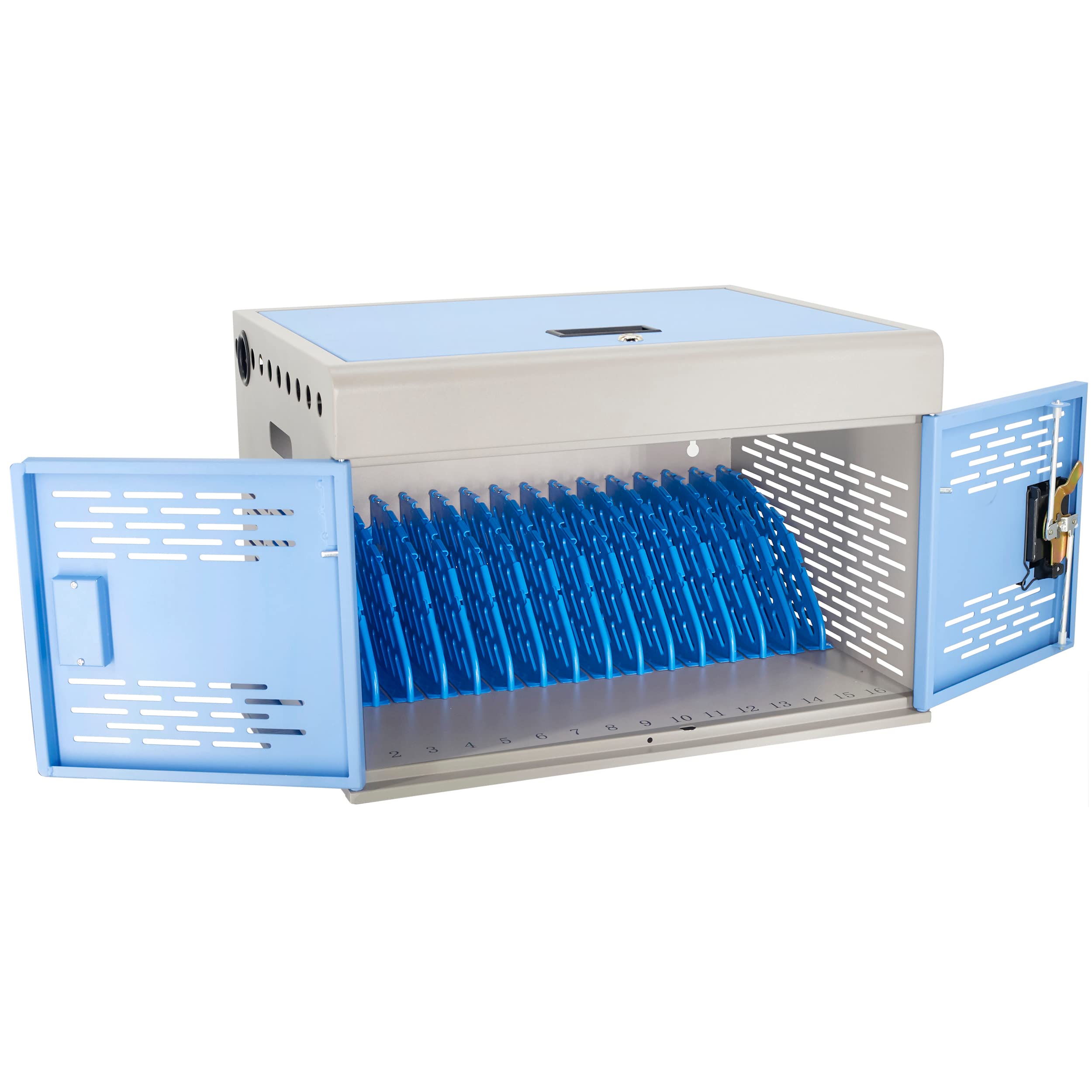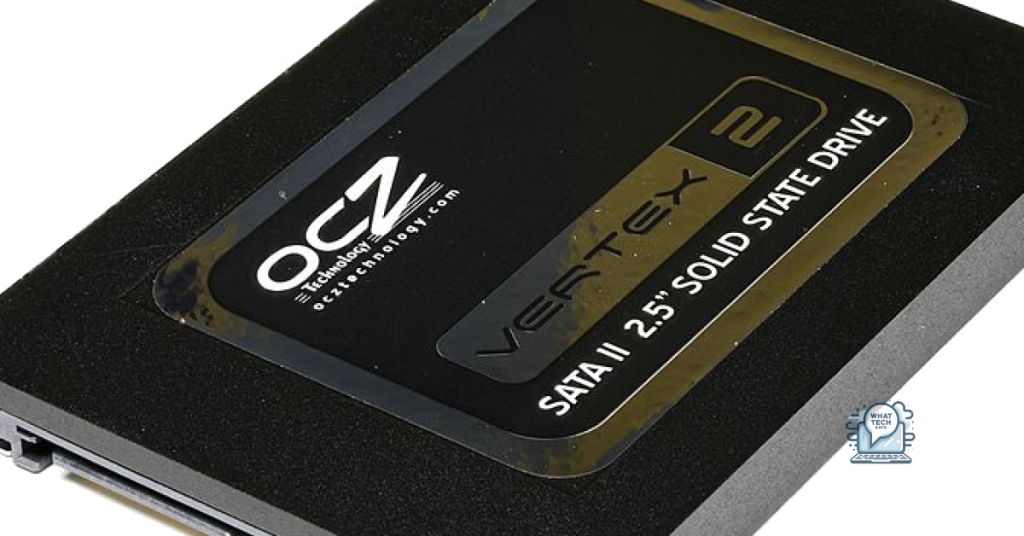Summary
- Assess your current storage use and consider your future needs when choosing SSD storage for your laptop
- Understand the relationship between SSD size and performance, with larger capacities being ideal for power users and gamers
- Budget considerations are important when upgrading SSD storage, so compare cost per gigabyte and factor in installation costs
- Follow the 70/30 rule to optimize system performance by keeping your SSD storage at around 70% capacity
When choosing SSD storage for your laptop, it’s important to consider how much space you truly need for your daily tasks and activities.
Assessing Your Current Storage Use

Next, identify the types of files you typically store on your laptop. If you often work with large files such as videos or graphics, you may require more storage space compared to someone who mainly uses their laptop for basic tasks like word processing or web browsing. Consider the applications you frequently use and the size of the files they generate.
Calculate how much additional storage space you may need in the future. If you anticipate your storage needs increasing due to factors such as downloading more files, installing additional software, or engaging in activities like video editing, it may be wise to opt for a larger SSD to accommodate future growth.
By assessing your current storage use and considering your future needs, you can make an informed decision on how much SSD storage is right for your laptop.
Understanding SSD Size and Performance
| SSD Size | Performance |
|---|---|
| 128GB | Good for basic tasks and light usage |
| 256GB | Suitable for average users with moderate usage |
| 512GB | Ideal for power users and gamers |
| 1TB | Recommended for professionals and heavy users |
Budget Considerations for Upgrading
When considering upgrading the SSD storage on your laptop, budget is an important factor to keep in mind. SSDs can be more expensive than traditional hard drives, so it’s essential to plan ahead and allocate a budget for the upgrade.
Before making a decision, determine how much storage you really need based on your usage habits. If you primarily use your laptop for basic tasks like web browsing and word processing, you may not need a large amount of storage. However, if you frequently work with large files or do video editing, you might require a higher capacity SSD.
It’s also important to consider the cost per gigabyte of storage when comparing different SSD options. Some brands and models may offer more storage capacity for a lower price, so be sure to do some research before making a purchase.
Keep in mind that the speed and performance of the SSD can also affect the price. Higher performance SSDs may come with a higher price tag, so weigh the cost against the benefits to determine what is best for your needs.
Finally, remember to account for any additional costs such as installation or data transfer services if needed, as these can add to the overall cost of upgrading your laptop’s SSD storage.
Optimizing System Performance with the 70/30 Rule
When it comes to optimizing system performance, the 70/30 rule can be a helpful guideline. This rule suggests that you should aim to keep your SSD storage at around 70% capacity to maintain optimal performance.
Keeping your SSD storage at this level helps prevent issues such as write amplification and ensures that the drive has enough free space to operate efficiently.
By following the 70/30 rule, you can extend the life expectancy of your SSD and avoid performance degradation.
It’s important to regularly monitor your storage usage and make adjustments as needed to ensure that you’re staying within the recommended capacity range.
The Final Verdict on SSD Capacity
Keep in mind that SSDs tend to slow down as they fill up, so it’s a good idea to leave some free space on your drive to maintain optimal performance. Additionally, consider your budget and future storage needs when choosing an SSD capacity. Upgrading to a larger SSD may be more cost-effective in the long run than constantly juggling files on a smaller drive.
Ultimately, the right SSD capacity for your laptop depends on your individual needs and usage patterns. Take into account factors such as the type of files you work with, how much storage space you currently use, and how long you plan to keep your laptop. By considering these factors, you can make an informed decision on the ideal SSD capacity that will meet your needs without breaking the bank.
Frequently Asked Questions
How do I know how much SSD I need?
To determine how much SSD storage you need, consider the type of tasks you will be using it for. For basic use like business applications and regular gaming, 500GB to 1TB should suffice. For more demanding tasks like AI, machine learning, high-definition gaming, and video editing, opt for 2TB or more.
How many GB of SSD is enough?
How many GB of SSD is enough? The amount of SSD storage needed depends on whether you are just installing your operating system or working from the drive. 250GB is sufficient for operating system, entertainment, and backups. 500GB is recommended for entertainment and business use. 1TB is ideal for business use, gaming, and photography.
Is 256GB SSD enough for everyday use?
A 256GB SSD can be sufficient for everyday use if your computer has the ability to install multiple drives. By installing the OS and frequently-used programs on the SSD while keeping documents and other programs on HDDs, you can effectively manage storage space for daily tasks.
Is A 512 GB SSD enough?
Is a 512 GB SSD enough? For basic office work, internet browsing, and small games, a 512GB SSD should suffice. However, for more demanding tasks like gaming, video creation, and heavy workloads, a 512GB SSD may not be sufficient.

